Wilms Tumour
Wilm’s Tumour develops in immature cells within the kidneys. Typically affecting children around the age of three or four, symptoms include lumps or swelling, fever, nausea or blood in the urine.
Surgery followed by chemotherapy and occasionally radiation is the usual course of treatment.
Retinoblastoma
Retinoblastoma forms in the retina, caused by mutations of the RB1 gene, which controls cell growth within the retina. It can affect one or both eyes. Symptoms include a ‘yellowy glow’ within the eye, poor vision, crossed eyes, redness or swelling.
Treatment for retinoblastoma typically involves surgery to remove the affected eye, chemotherapy, laser therapy, or cryotherapy. It most commonly affects children under five years old.
Hepatoblastoma
Hepatoblastoma is a rare form of childhood cancer that develops in the liver. Symptoms include swelling or pain in the abdomen, loss of appetite, weight loss, jaundice and nausea.
Treatment for hepatoblastoma typically involves surgery to remove the tumour, chemotherapy, and sometimes liver transplantation. It typically affects children under the age of five.
Germ cell tumours
These tumours develop from germ cells which are embryonic cells that become reproductive organs. Whilst tumours often form in the ovaries and testicles they can also be found in the chest, abdomen or brain.
Swelling, pain, lumps, nausea, fatigue and fever are traditional symptoms, but they do differ depending on the gender of the child and location of the tumour.
Surgery, chemotherapy and occasionally radiation are used as treatment options for germ cell tumours. The tumours commonly affect children under 15 years old.
Rhabdoid tumours
Rhabdoid tumours are an aggressive tumour often developing in the kidneys. Rhabdoid tumours are a rare cancer, with fewer than 10 Australian children diagnosed annually. Symptoms include swelling, lumps or pain in the abdomen, blood in the urine or high blood pressure, as well as fatigue and weight loss.
Symptoms for rhabdoid tumours located in the brain include headaches, nausea, irritability, coordination issues and developmental delays.
Treatment for rhabdoid tumours often includes surgery, chemotherapy, and sometimes radiation therapy or stem cell transplants. Rhabdoid tumours commonly affect children under three years old.
